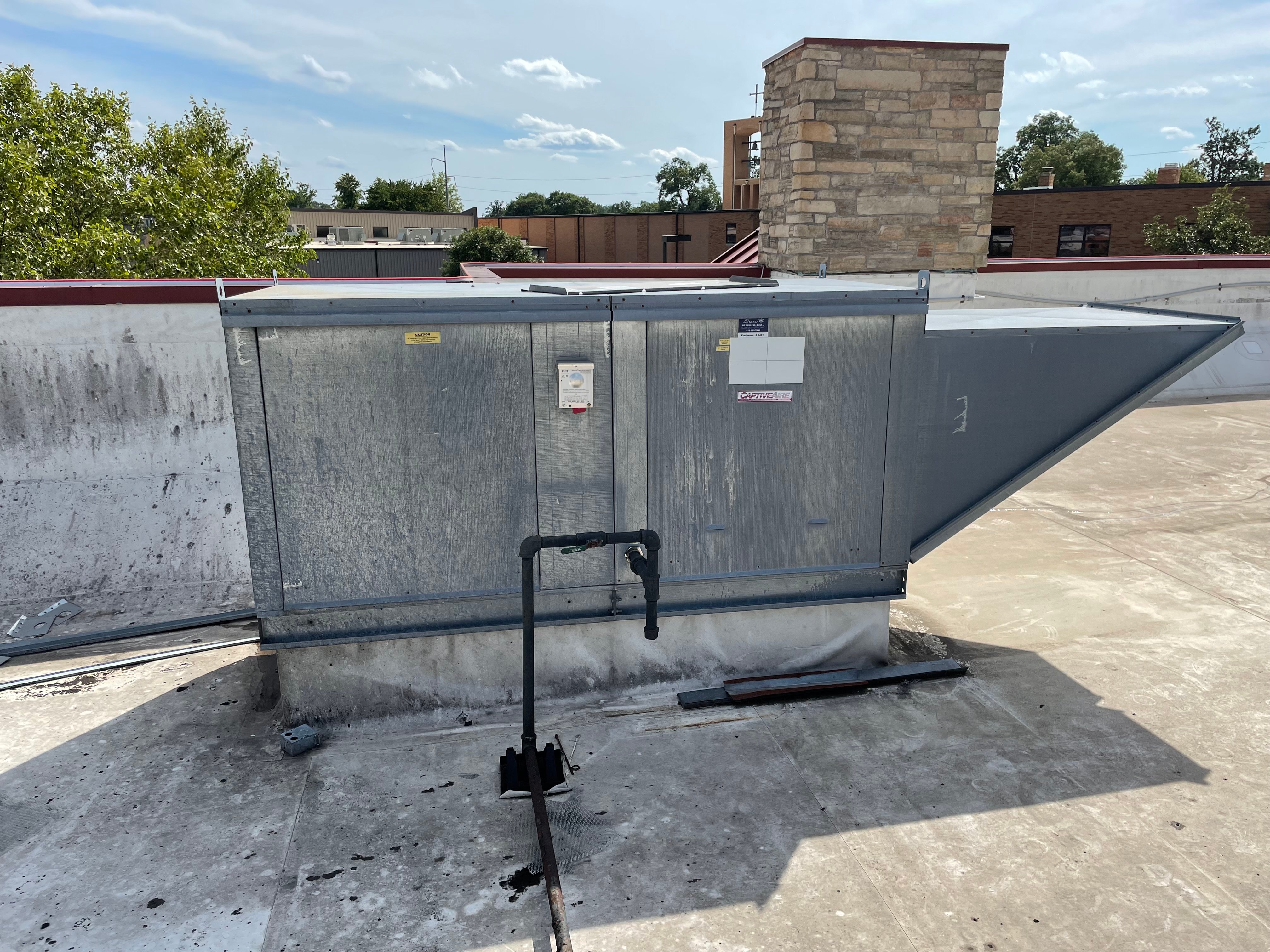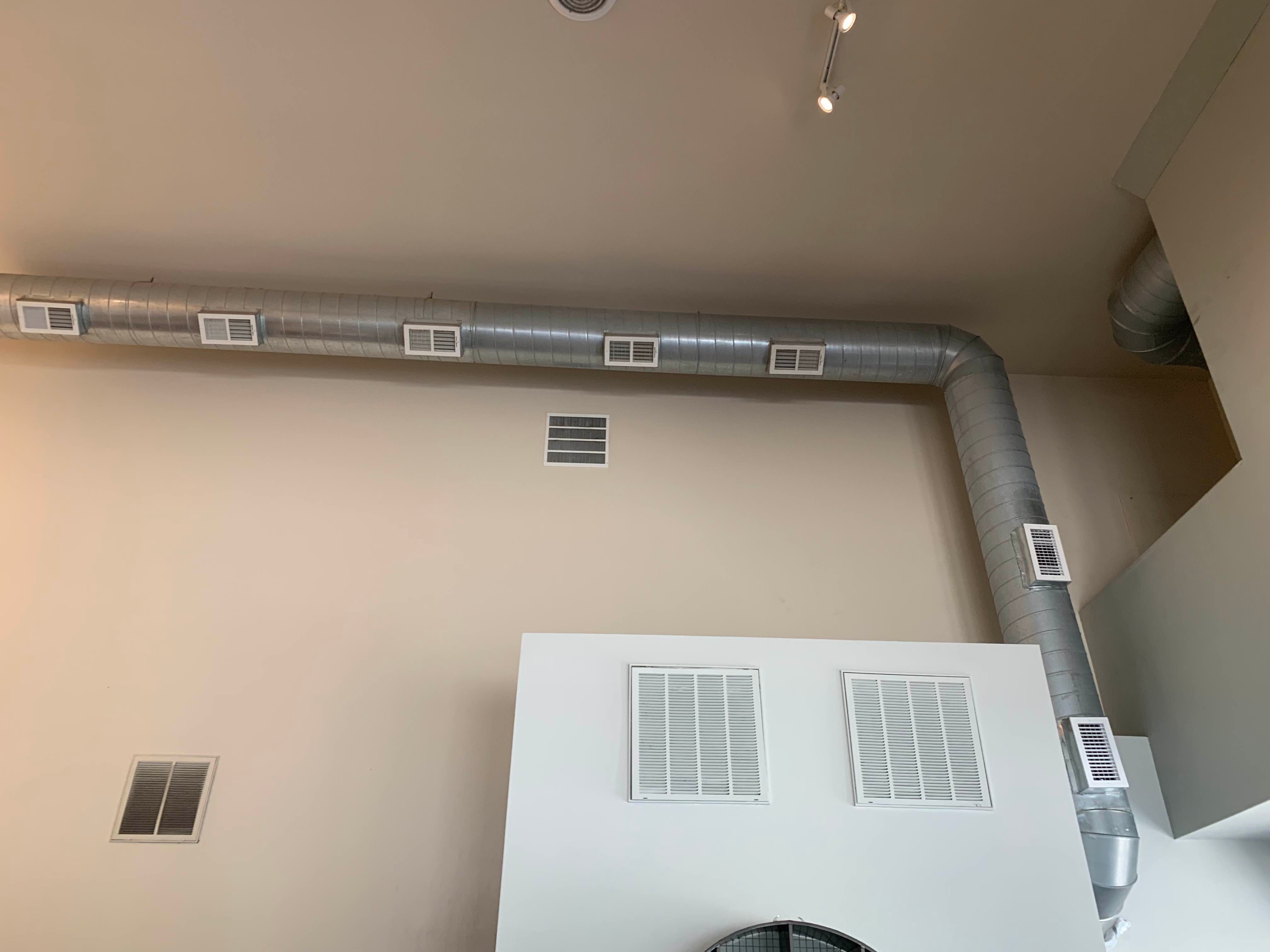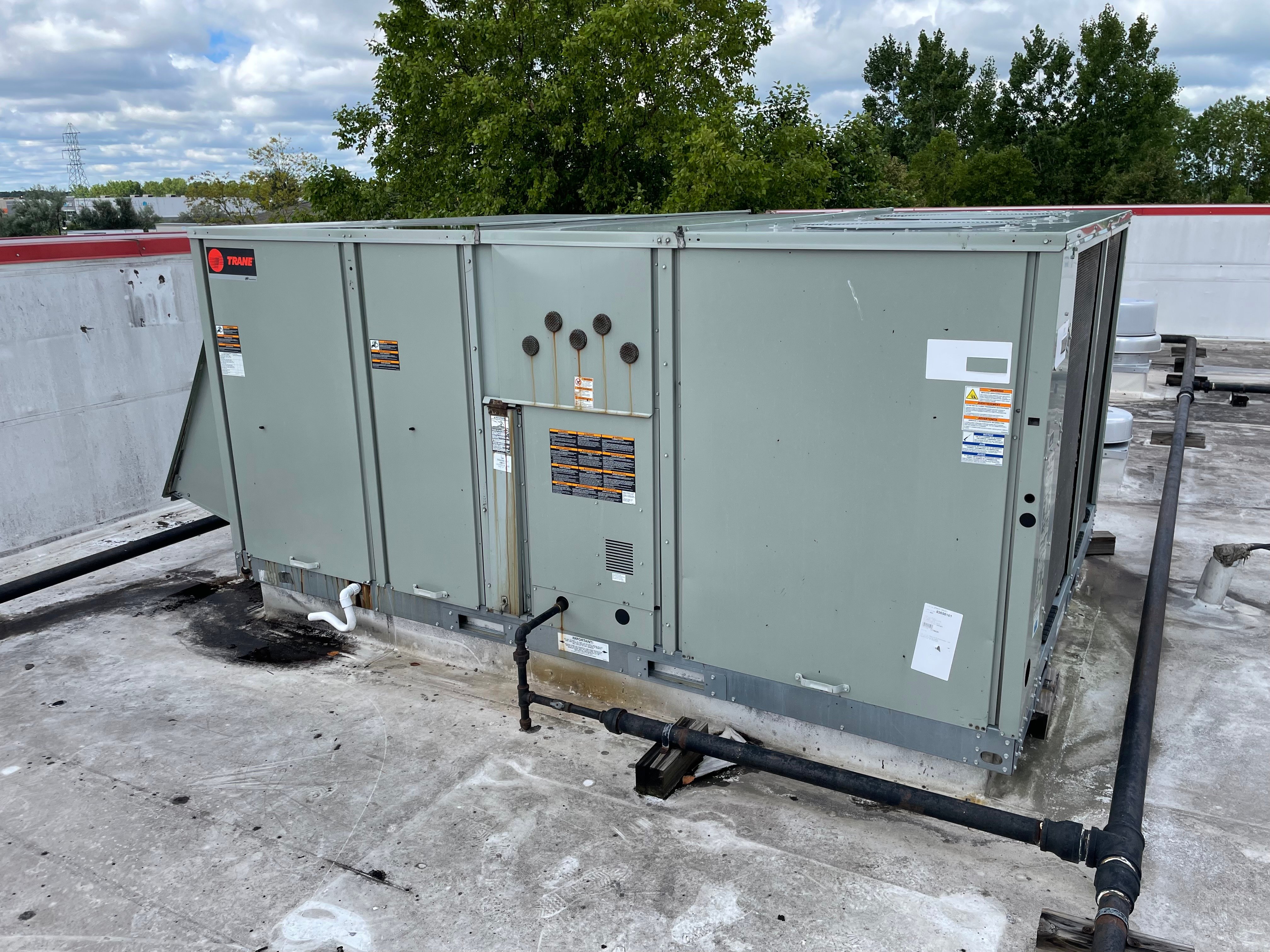Welcome to another 86 Repairs Guide! In this series, we provide valuable troubleshooting, preventative maintenance, and warranty information on the equipment and infrastructure found in your restaurant. We hope this information will help you and your team become more informed about repairs and maintenance (R&M)—and save you time and money along the way.
It’s opening day for the third location of your restaurant, and everything is picture perfect. The dining room and kitchen are spotless, you’ve spent weeks training your staff, and the contractor was able to replicate every single detail from your other two locations.
But when the ribbon is cut and the crush of customers comes rushing in, something seems off. The heat begins to build in the restaurant—too warm to be from body heat alone. And as the kitchen cooks more orders, smoke starts to seep out of the double doors and into the dining room.
The restaurant looked ideal for opening. But you overlooked something major because it couldn’t actually be seen: the air!
Environment is critical for exceptional dining experiences—and that goes well beyond branding, decor, and cleanliness. If your restaurant is freezing in the dead of winter or sweltering at the height of summer, your customers will be too distracted to enjoy the delicious food in front of them.
Commercial HVAC systems keep the ambient temperature and scents throughout interior spaces consistent and comfortable. In our latest Guide, we’ll walk you through the basics of this critical component of dining infrastructure.
Table of Contents

What is commercial HVAC?
HVAC systems are dedicated to keeping the air inside buildings fresh and temperate. This includes airflow, filtering out exhaust, cycling fresh air in, filtration, and humidity.
However, you might be most familiar with the components that make up the HVAC acronym: Heating, Ventilation, and Air Conditioning. Each of these systems helps make interior environments more comfortable:
Heating systems increase indoor temperatures. Common types of heating systems include natural gas furnaces, steam boilers, and heat pumps.
Ventilation systems remove polluted air and replace it with temperate, clean air. They not only protect people from inhaling contaminants that can collect in interior air, but also keep conditioned air cycling through the building.
Want more details about ventilation? Check out The 86 Repairs Guide to Restaurant Hood Systems!
Air conditioning systems decrease indoor temperatures. Ducted, split, and multi-split are common types of commercial AC systems.
Any time we mention commercial HVAC throughout this article, we’re referring to the HVAC systems we support that are found within restaurants, cafeterias, and any other type of professional kitchen.
After all, our data shows that creating the perfect interior environment for dining can come at a high price.
Numbers to know about commercial HVAC repair
As reported in The State of Repairs, 12.4% of 2021’s restaurant repair requests were related to HVAC. Professional kitchens simply can’t operate without functional HVAC; unfortunately, when emergency strikes, those must-have repairs are pricey:
- HVAC infrastructure repairs were the most expensive out of all other equipment types included in the 2021 report, with an average invoice cost of $1,019.90.
- The first-time fix rate for HVAC is 88.3%, which is pretty low. Commercial kitchens had to pay at least a second vendor invoice to resolve the issue 11.7% of the time.
You can’t just go with the (air) flow when it comes to maintaining commercial HVAC systems. Investing in preventative maintenance and learning how to troubleshoot common issues can help save your restaurants time and frustration with expensive repairs.

Preventative maintenance for commercial HVAC
Keep the air—and your wallet—comfortable. A preventative maintenance schedule can help your restaurants avoid emergency repairs. Here are a few things you should plan for:
Replace air filters
Commercial HVAC systems maintain air quality. So if air filters are clogged, the system is unable to do its job properly.
Depending on how the commercial HVAC system is set up, filters could be at various intake points. For example, vents that suck in air from the kitchen could have filters in the kitchen, in front-of-house spaces, and in the air handler on the roof.
- Paper mesh panels are usually found behind access panels. Replace them at least quarterly—or more often if the location is in an especially dirty environment.
- Metal mesh air filters will be found in the makeup air unit. This is a large metal box on the roof with a piece protruding into the air at a 45-degree angle.
- Look under the angled component to find the filters.
- Remove the filters, then clean with soap or another cleanser. Rinse with a hose, then dry and replace them.
Examine rooftop package unit
If temperatures aren’t reflecting what’s set on the thermostat, it could be an issue with the rooftop package unit, which maintains both heating and cooling for commercial buildings.
Check the condenser coils on the unit. They might have too much buildup from environmental factors like cottonwood fluff stuck in between springs to allow the system to shed heat.
If coils are dirty, use condenser coil cleaning spray to break down the buildup. Then, rinse debris off with a hose, dry coils, and replace them in the unit.
If coils are frozen, leave the commercial HVAC system off overnight to give them time to defrost.
Seasonal considerations
Commercial HVAC systems are complex. We recommend scheduling seasonal preventative maintenance service from a professional HVAC technician who can clear furnaces, check burners and carbon monoxide levels, and look for leaks throughout the system.
But there’s something important that anyone at your restaurant can do when the seasons change: make sure the thermostats are reprogrammed! Most of them aren’t automatically set to shift from heating to cooling or vice versa. If your indoor temperature seems off during a shift in the weather, double-check that thermostats are actually on the setting you need.

Commercial HVAC troubleshooting tips
If you’ve invested in preventative maintenance but your systems are faltering, you might be able to keep HVAC costs cool with these hot troubleshooting tips:
Not cooling or heating
Before you lose your cool, keep in mind that if you set the thermostat at a very low temperature to try and get it to cool your space more quickly, it will still cool the room at the same rate.
The same is true for the heat: even if you want to warm up fast, the unit will work at the same speed no matter how high you set the temperature. Always use a reasonable temperature to heat or cool a space to avoid freezing or overheating coils.
With that in mind, if your commercial HVAC system still isn’t generating the temperature you need:
- Double-check those thermostat settings are correct, especially during sudden swings in weather. You and your team might be used to manually adjusting the thermostat, but programming it to change automatically is a better option to avoid human error.
- If the thermostat is properly programmed, toggle the breakers off for 30 seconds then back on to force the unit to reset.
- Make sure you toggle for the full 30 seconds so the system can actually reset.
- You’ll also want to do this if the thermostat is totally blank—it’s a sign that the unit on the roof doesn’t have power.
If the thermostat is programmed and toggling breakers doesn’t get the HVAC system to start working, it’s time to call a technician.
Determine roof or HVAC leak
To the untrained eye, it’s difficult to tell if a leak is coming directly from an HVAC unit or from the roof. But here’s a general rule of thumb to follow if there’s water leaking through your restaurant’s ceiling:
- If there’s rain or snow outside, the leak is likely due to wet weather coming through the roof.
- Wait until the weather subsides—if the leak stops when the weather is dry, it’s likely a roofing issue.
- If the weather is dry, the leak is likely coming from somewhere in the HVAC system. You’ll want an HVAC vendor to find the source.
Commercial HVAC warranties
Before you dispatch any technician for commercial HVAC repair, you’ll want to be sure of the system’s warranty status. Always double-check with your manufacturer so you understand what exactly is covered and for how long.
If the commercial building was built within the last year, sync with the general contractor on your warranty status. Usually, they’ll cover repairs for the first year post-construction.
However, every different component of an HVAC system has different warranties. The ranges themselves might vary from 1-2 years of protection, but makeup air units and rooftop package units might have separate coverage.
Compressors are treated with special considerations by manufacturers and also tend to have separate warranties, usually in the 3-5 year range.
A final note on commercial HVAC
Managing repairs and maintenance isn’t exactly a breeze. But with scheduled preventative maintenance and simple troubleshooting techniques, you and your team can breathe easy knowing you’ve protected the business from unnecessary downtime for commercial HVAC repair.
86 Repairs can take R&M off your plate entirely. Request a demo today to see how restaurants across North America lean on us for data-driven insights and 24/7 support to control their facilities, reduce their R&M costs, and spend less of their team's time on equipment repairs.